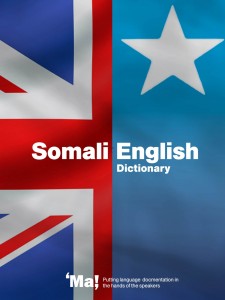Coining a new name from a word taken from an Australian language often has complex implications, even if the naming agency is oblivious to them. When the name is for a place, a suburb or a street or a park, the official approval involves the relevant local government body. Two writers went into some of the issues a few years ago:
- Tony Birch (2010 [1992]) sees the application of indigenous names to ‘houses, streets, suburbs and whole cities’ as ‘an exercise in cultural appropriation’. He draws a distinction between the restoration of indigenous placenames (such as Gariwerd ~ Grampians in western Victoria), and the fresh application to the built environment of a word imported from some Australian language.
- Sam Furphy (2002)
earlierdiscussed the role of what he dubbed ‘naming books’: popular twentieth century booklets of lists of ‘Aboriginal words’ such as Endacott (1923), Thorpe (1927), Kenyon (1930), Cooper (1952), which, for all the expressed good intentions of their compilers, have contributed to a homogenised perception of Australian languages: ‘The earliest popular naming books … make virtually no reference to the variety of languages spoken by the indigenous people of Australia, such that an uninformed reader could be forgiven for believing that there was only one Aboriginal language.’ (Furphy 2002:62) ‘Naming books simplify and romanticise Aboriginal words and remove them from their cultural and linguistic context.’ (Furphy 2002:68)
I’ve recently come upon an example which illustrates a combination of both concerns: one where official placenaming has drawn on the notorious naming booklets.
 Follow
Follow This is the product of a collaboration between the
This is the product of a collaboration between the